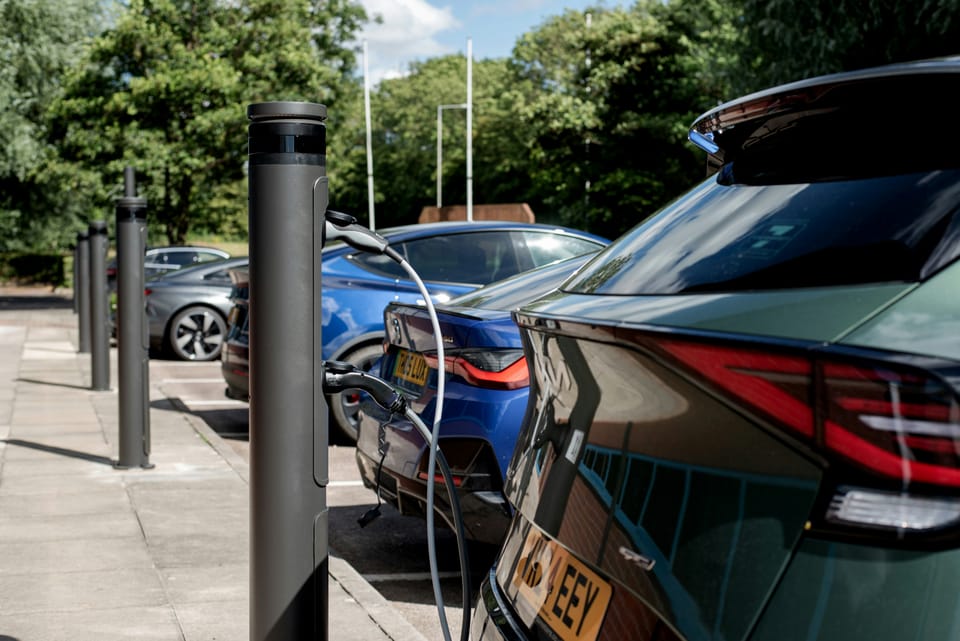Energy transition investment reached record US$2.4tn in 2024, up 20%

Global investments in the energy transition reached a record US$2.4 trillion in 2024 (up 20% from the previous year) – but investments in renewable energy are slowing down dramatically, according to a new report.
About one-third of all energy transition investments went to renewable energy technologies, a total of US$807 billion. While this is a new record, the year-on-year growth in renewables investment has slowed significantly, from 32% in 2023 to just 7.3% in 2024.
This is according to the International Renewable Energy Agency (IRENA) and the Climate Policy Initiative (CPI) Global Landscape of Energy Transition Finance 2025, released this week at COP30.
Francesco La Camera, Director-General of IRENA said: “Investments in energy transition continue to grow but not at the pace needed to achieve the global goal of tripling renewable capacity by 2030. Funding for renewables is soaring but remains highly concentrated in the most advanced economies. As countries gather at COP30 to advance the ‘Baku to Belém Roadmap to 1.3 trillion’, scaling finance for emerging and developing countries is essential to make the transition truly inclusive and global.”
Solar PV drives more than half of renewables investments
More than half of the US$897 billion directed to renewable energy last year went to solar PV: a total of US$554 billion, up 49% year on year. This technology was actually the only driver of growth in investment in 2024. Solar thermal, wind energy and other renewables all received lower levels of capital compared to the previous year (-32%, -10-5% and -61% respectively).
Green hydrogen also saw a 20% drop in investment to just US$8 billion, while energy efficiency received US$346 billion (up 3%) and power grids got US$359 billion (up 14%). Electrification was a priority for investors, who allocated a record US$763 billion to electric vehicles (up 33%) and US$39 billion to charging infrastructure (up 27%).
Finally, battery storage saw a whopping 73% increase in investment, to US$54 billion.
Overall, investment in renewable power, grids, and battery storage exceeded fossil fuels investment in 2024, though IRENA warns that fossil spending is on the rise again.
Emerging economies left behind in the transition
While investment in energy transition technologies grew globally, the report notes that 90% remained concentrated in advanced economies and China, leaving emerging and developing countries behind.
La Camera added: “IRENA has long called for smarter use of public funds to unlock private investment through risk-mitigation tools. Yet the heavy reliance on profit-driven capital is leaving developing countries behind. Where private finance won’t flow, the public sector must lead, backed by stronger multilateral and bilateral cooperation and scaled-up climate finance.”
IRENA explains that advanced economies can draw on domestic financial resources to fund their energy transition, while lower-income countries depend on external support due to underdeveloped financial markets, limited fiscal capacity, high capital costs, and debt vulnerabilities.
Nearly half of total investment in 2023 was provided as debt, and the rest was invested through equity, with grants accounting for less than 1%.







Member discussion